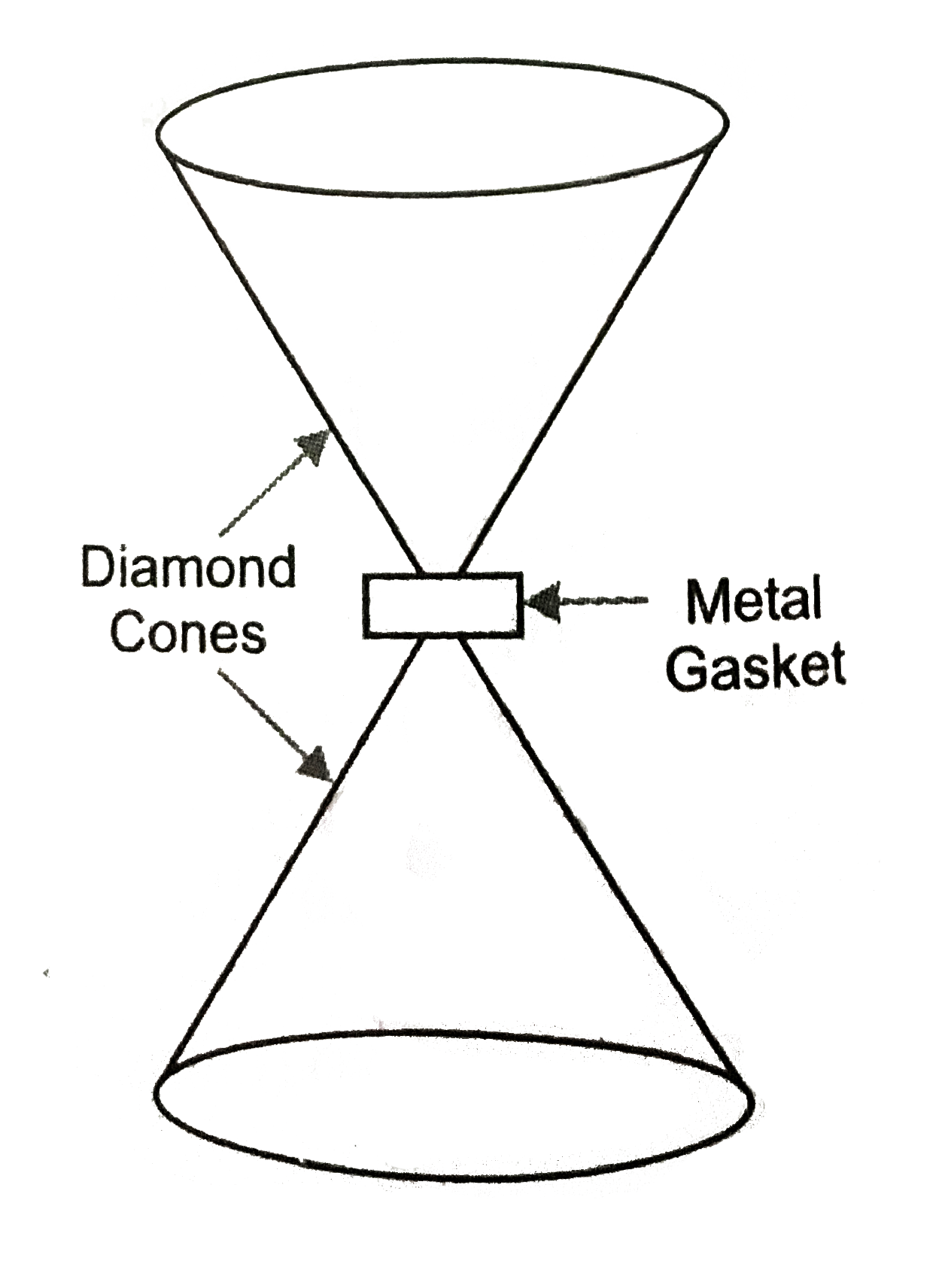The solid linear cytoskeletal elements having a diameter of 6 nm and made up of single type of monomer are known as .
Microtubules
Microfilaments
Intermediate filaments
All the above
The correct Answer is:B
Step by step video & image solution for The solid linear cytoskeletal elements having a diameter of 6 nm and made up of single type of monomer are known as . by Biology experts to help you in doubts & scoring excellent marks in Class 11 exams.
Related Playlists
Knowledge Check
- Question 1 - Select One
Monomers are simple molecules, which combine with each other to form polymers. Each polymer has a repeating structural unit. Polymers formed from the same type of monomers are called homopolymers and if two or more different repeating units (monomers) make up the polymer, it is known as a copolymer. Both homopolymers and copolymers may be formed either by addition or condensation reactions. Alkenes adn dienes polymerize by addition (chain growth) mechanism involving carbocations, carbanions or free radical intermediates. Dienes (chloroprene, isoprene, etc) polymerize by 1, 4-addition mechanism to give cis-or trans-polymers. Natural rubber is however, cis-polyisoprene. Natural rubber is quite soft and flexible but these properties can be improved by a process called vulcanization. In contrast, bifunctional monomer molecules undergo condensation or step-growth polymerization. Polymers which can be heated and reshaped as many times as desired are called thermoplastics (polythene, polystyree, PVC teflon, etc). While those which can be heated only once to give a particular shape are called thermosetting polymers (Bakelite, Melmac etc)
Vinyl chloride is the repeating unit inAPolystyreneBNeopreneCPVCDpolyethene - Question 1 - Select One
Monomers are simple molecules, which combine with each other to form polymers. Each polymer has a repeating structural unit. Polymers formed from the same type of monomers are called homopolymers and if two or more different repeating units (monomers) make up the polymer, it is known as a copolymer. Both homopolymers and copolymers may be formed either by addition or condensation reactions. Alkenes adn dienes polymerize by addition (chain growth) mechanism involving carbocations, carbanions or free radical intermediates. Dienes (chloroprene, isoprene, etc) polymerize by 1, 4-addition mechanism to give cis-or trans-polymers. Natural rubber is however, cis-polyisoprene. Natural rubber is quite soft and flexible but these properties can be improved by a process called vulcanization. In contrast, bifunctional monomer molecules undergo condensation or step-growth polymerization. Polymers which can be heated and reshaped as many times as desired are called thermoplastics (polythene, polystyree, PVC teflon, etc). While those which can be heated only once to give a particular shape are called thermosetting polymers (Bakelite, Melmac etc)
Which of the following is not a natural polymer?ADNABstarchCPalmitateDNylon-6, 6 - Question 1 - Select One
Monomers are simple molecules, which combine with each other to form polymers. Each polymer has a repeating structural unit. Polymers formed from the same type of monomers are called homopolymers and if two or more different repeating units (monomers) make up the polymer, it is known as a copolymer. Both homopolymers and copolymers may be formed either by addition or condensation reactions. Alkenes adn dienes polymerize by addition (chain growth) mechanism involving carbocations, carbanions or free radical intermediates. Dienes (chloroprene, isoprene, etc) polymerize by 1, 4-addition mechanism to give cis-or trans-polymers. Natural rubber is however, cis-polyisoprene. Natural rubber is quite soft and flexible but these properties can be improved by a process called vulcanization. In contrast, bifunctional monomer molecules undergo condensation or step-growth polymerization. Polymers which can be heated and reshaped as many times as desired are called thermoplastics (polythene, polystyree, PVC teflon, etc). While those which can be heated only once to give a particular shape are called thermosetting polymers (Bakelite, Melmac etc)
Which of the following are examples of homopolymers?ASBR, glyptal, nylon-6, 6BNylon-6, butyl rubber, styrene rubberCPolyethene, polypropene, PVCDMelmac, bakelite, teflon
Similar Questions
The solid linear cytoskeletal elements having a diameter of 6 nm and made up of a single type of monomer are known as
View SolutionA solid metallic cone, with radius 6 cm and height 10 cm, is made of some heavy metal A. In order to reduce its weight, a conical hole is made in the cone as shown and it is completely filled with a lighter metal B. The conical hole has a diameter of 6 cm and depth 4 cm. Calculate the ratio of the volume of metal A to the volume of the metal B in the solid.
 View Solution
View SolutionA fuse wire with a circular cross-section and having a diam eter of 0.4mm blows with a current of 3 ampere. The value of current for which another fuse wire made of the same material but having circular co rss-section with diameter of 0.6mm will blow is:-
View SolutionHow many shots each having diameter 3 cm can be made form a cuboidal lead solid of dimensions 9cm×11cm×12cm?
View SolutionAnvils made of single crystal of diamond , with shape as shown in fig. are used to investigate behaviour of materials under very high pressure. Flat faces at the narrow end of the anvil have a diameter of 0.5 mm, and the wide ends are subjected to a compressional force of 50,000 N. What is the pressure at the tip of the anvil?
 View Solution
View SolutionA sample of hydrogen atom is in excited state (all the atoms ). The photons emitted from this sample are made to pass through a filter through which light having wavelength greater than 800nm can only pass. Only one type of photons are found to pass the filter. The sample's excited state initially is [Takehc=1240eV−nm, ground state energy of hydrogen atom =−13.6eV].
View SolutionThe number of solid spheres, each of diameter 6 cm that can be made by melting a solid metal cylinder of height 45 cm and diameter 4 cm is (a) 3 (b) 5 (c) 4 (d) 6
View Solution

